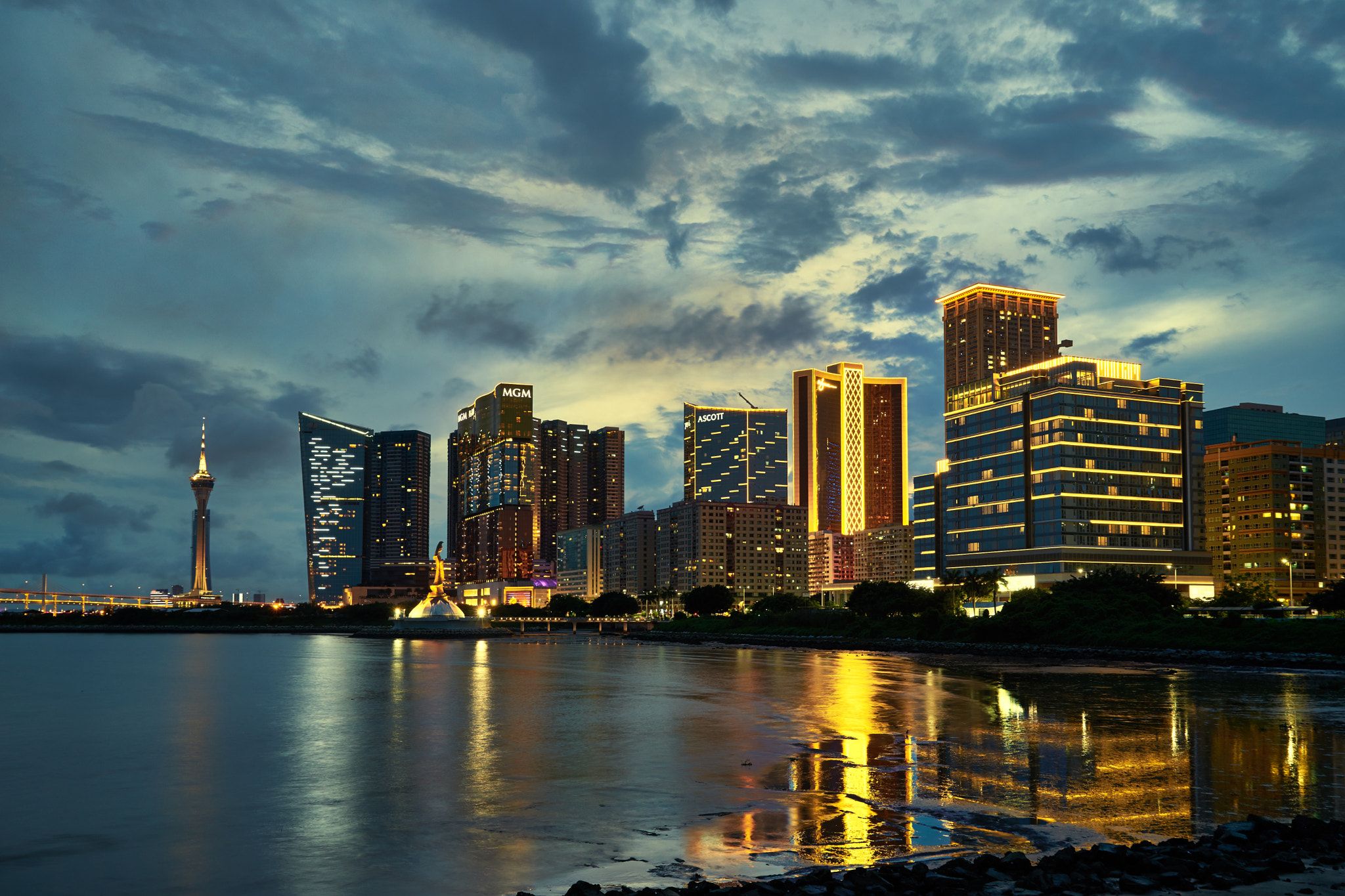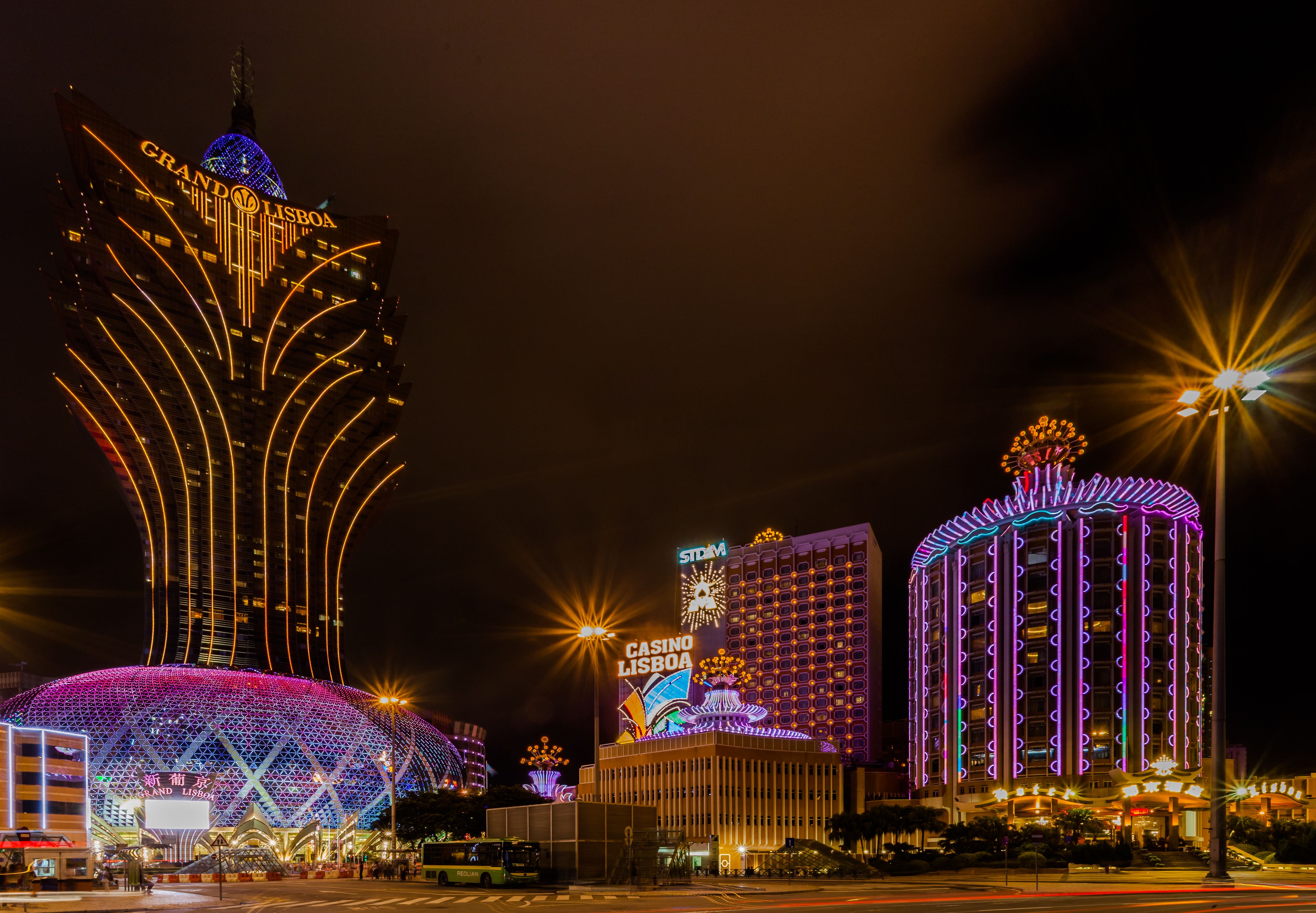Macau
In the early 1550s the Portuguese reached Ou Mun, which the locals also called A Ma Gao, “place of A Ma”, in honour of the Goddess of Seafarers, whose temple stood at the entrance to the sheltered Inner Harbour. The Portuguese adopted the name, which gradually changes into the name Macao, and with the permission of Guangdong’s mandarins, established a city that within a short time had become a major entrepot for trade between China, Japan, India and Europe. It also became the perfect crossroad for the meeting of East and West cultures. The Roman Catholic church sent some of its greatest missionaries to continue the work of St Francis Xavier, (who died nearby after making many converts in Japan). A Christian college was built, beside what is now today’s Ruins of St Paul’s, where students such as Matteo Ricci prepared for their work as Christian scholars at the Imperial Court in Beijing. Other churches were built, as well as fortresses, which gave the city an historical European appearance that distinguishes it to this day
Today Macao is a Special Administrative Region of the People’s Republic of China, and, like Hong Kong, benefits from the principle of “one country, two systems”. The tiny SAR is growing in size - with more buildings on reclaimed land - and in the number and diversity of its attractions. The greatest of these continues to be Macao’s unique society, with communities from the East and West complementing each other, and the many people who come to visit.
Images by Mike, CC BY 3.0, via Wikimedia Commons; Diego Delso, delsho.photo License CC-BY-SA

